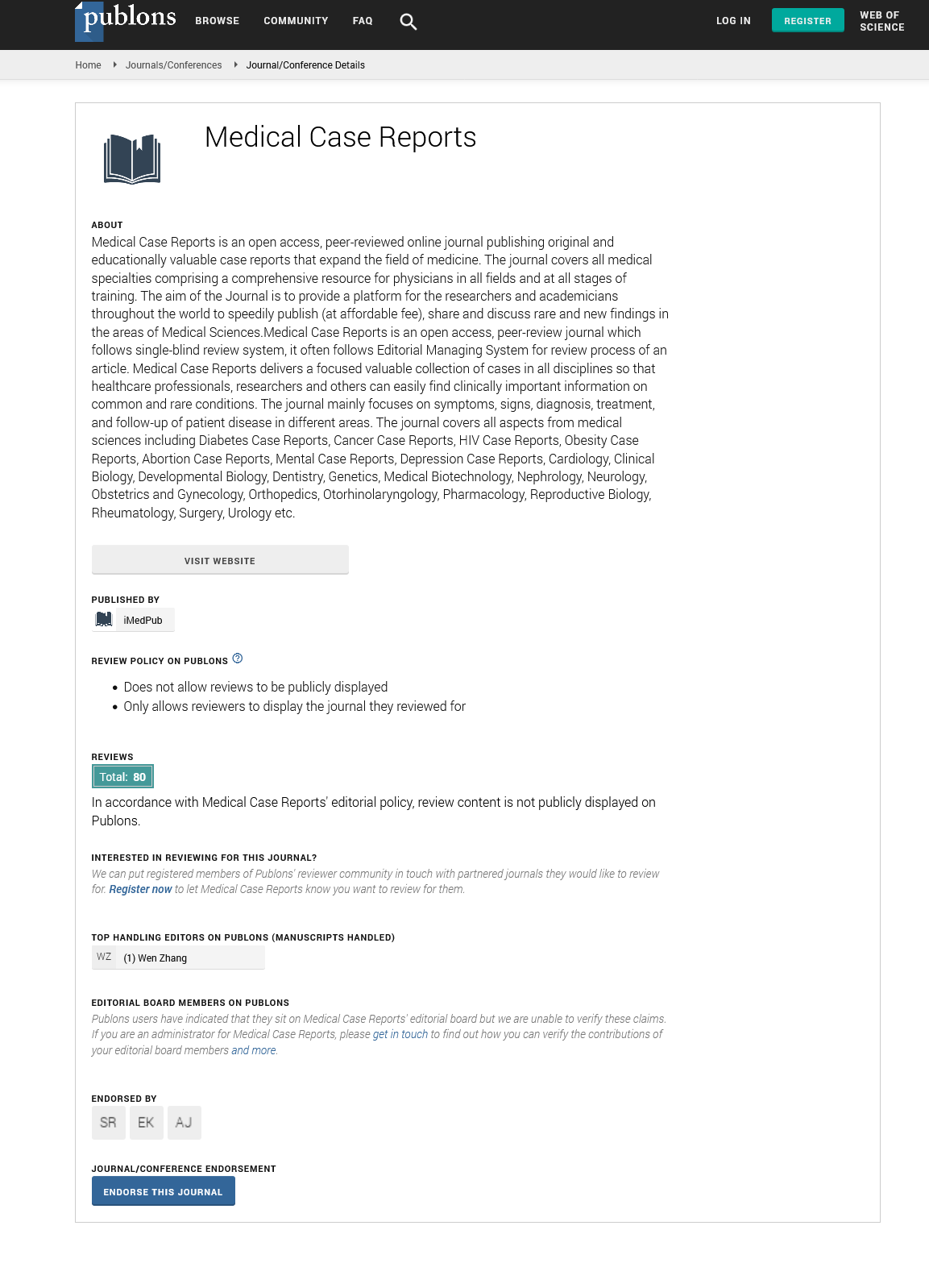Abstract
Analysis of availability, types, and implementation of teledermatology services during covid-19
Given the rapid rise in teledermatology due to the COVID-19 pandemic, we analyzed variations in teledermatology services across the country between academic and private practices. 3 private practices were randomly selected for each state and Washington D.C. from the American Academy of Dermatology (AAD) member list. Additionally, for each state we selected the academic institution with the greatest number of dermatology residents. A total of 153 private practices websites and linked-social media accounts were analyzed on April 22. 133 practices had an update regarding changes in practices due to COVID-19. Of those, 86.5% indicated that teledermatology was an alternative option. 42.6% of practices indicated use of live video conferencing. 48.7% did not specify what platform they would use to conduct the appointment and that patients would need to contact their office for more information. 92.2% of private practices did not provide information for patients on their website regarding what conditions would be most appropriate for a telemedicine visit. Of the 40 academic institutions analyzed almost all mentioned telemedicine as an option for certain specialties on the main webpage, however, only 60% of dermatology departments specifically mentioned teledermatology services. Of those, 50% utilized a video platform. Only 1 academic institution mentioned the use of photographs as their platform for the televisit. 20.8% indicated that both video and photograph or an e-visit was available as an option. 25% did not specify the type of platform they used. Most academic and private practices offer teledermatology as an alternative in response to COVID-19. Compared to private practices, academic institutions provided less specific information on their websites regarding alternative options. However, it is clear that implementation is highly variable. Despite that, video, possibly due to reimbursement, was more widely implemented. Our study highlights practice gaps (e.g. image production) where AAD patient-guidelines may be useful.
Author(s):
Pavane L Gorrepati and Gideon P Smith
Abstract | PDF
Share this

Google scholar citation report
Citations : 241
Medical Case Reports received 241 citations as per google scholar report
Medical Case Reports peer review process verified at publons
Abstracted/Indexed in
- Google Scholar
- China National Knowledge Infrastructure (CNKI)
- Cosmos IF
- Directory of Research Journal Indexing (DRJI)
- WorldCat
- Publons
- Secret Search Engine Labs
- Euro Pub
Open Access Journals
- Aquaculture & Veterinary Science
- Chemistry & Chemical Sciences
- Clinical Sciences
- Engineering
- General Science
- Genetics & Molecular Biology
- Health Care & Nursing
- Immunology & Microbiology
- Materials Science
- Mathematics & Physics
- Medical Sciences
- Neurology & Psychiatry
- Oncology & Cancer Science
- Pharmaceutical Sciences


